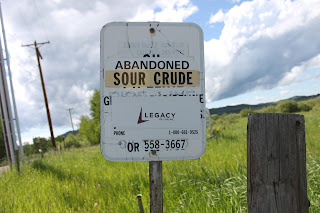Florida: Miami Slimed by Giant Snails
B. McPherson
Miami is being slimed by giant snails. It will do no good to
call on GhostBusters. This job is too big for them. Giant African land snails
have invaded the tropical state and are wreaking havoc on the vegetation.
Miami is making a concerted effort to corral these molluscs
before they can do more harm. They feast on at least 500 plant species; their
slime trails and feces are unsightly; and they can even munch through stucco to
get the calcium they need for their shells. Over 1000 are caught and destroyed
in Miami each week. More than 100 000 have been gathered since the fall of
2011. It may be like trying to bail out a boat with a teaspoon. The double
sex snails can produce 1200 eggs four
and five times a year. The hermaphrodites are both male and female so both of
the mating pair produces offspring.
Some people look at them and see cute, mobile lawn ornaments
but they are sadly mistaken. These invaders can be killers. They play host to
the rat lungworm. It is a particularly nasty parasitic worm that people can
catch when they handle or eat(yes eat) these creatures.
Normally the parasite infects rats where it invades the rat’s
brain. When they invade a human brain, they cause a form of meningitis. When
the worms die, they cause brain swelling. Infection can be accidental.
"He was kind of
two-thirds recovered. He could walk again, but it was a stumbling walk. And he
could talk but it wasn't quite right yet and he kind of didn't look you in the
eye. It's just terrible."
It seems the
unfortunate man had accidentally eaten a slug in lettuce. BBC News Magazine
The Giant African snails are considered enough of a serious
threat that a symposium was held last week in Gainesville to discuss the best
ways to eradicate them. Dealing with exotic species is an expensive
undertaking. Invasive species are responsible for the extirpation of many
native species and lead to loss of biodiversity.
These invaders originated in East Africa and have invaded
nearly every wet, warm niche around the world. South America has been hard hit.
Even the Galapagos Islands and Hawaii have been invaded.
The International Union for Conservation of Nature has a hit
list of the 100 worst invasive organisms.

Comments
Post a Comment